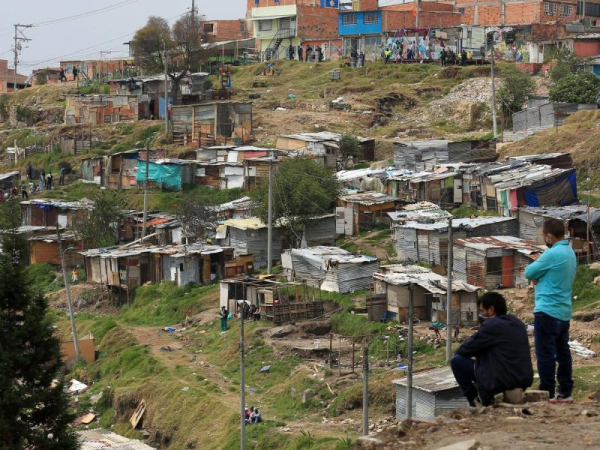In 2023, monetary poverty registered a significant reduction. However, at the same time, that same year the number of families that receive some type of help institutional funding from the State also decreased.
(Read more: The five pending challenges in the financial inclusion of older adults)
According to a study carried out by the firm Raddar, based on information from Dane, last year the number of people receiving state subsidies was almost two million fewer people than in 2022. To be more precise, beneficiaries went from 8.2 million to 6.4 million in one year.
If the data is observed in a more segmented way, only in the 23 main cities of the country, the beneficiaries were reduced by 835,000. In the rest of the urban population, this number was 542,000 less and in rural areas it was 463,000 people.
These figures are in line with the government decisions that have been made in the last year regarding these aid programs, such as the non-continuity of the Solidarity Income initiative. However, despite this, In 2023, poverty indicators showed a drop.
Last year, the monetary poverty indicator went from 36.6% in 2022 to 33%. In other words, people who live in that condition they went from 18.3 million to 16.7 million, respectively.
(More news: Budget execution continues to lag behind despite the Government’s progress)
Colombia Without Hunger.
EFE
(See: When the price of gas in Colombia would increase, according to the president of Vanti)
But what prompted that fall?
According to the analysis carried out by Raddar, one of those factors that contributed to the downward trend of the indicator was the contribution that households receive from their families or other close friends. This means that households that had the resources to provide help sacrificed part of their well-being to support those loved ones who were going through a bad time.
Thus, Raddar finds in the data from the Dane Monetary Poverty and Extreme Monetary Poverty report that there was a drop in the contribution and growth of institutional aid to household income. But while this was happening, the same Dane report records that during the period the contribution to household income from aid from other households grew.
To measure it a little better, the percentage of the population that received help from other households went from 6.94% in 2022 to 7.88% in 2023, and a large part of this data was concentrated in households residing in the national territory. .
(See: Producer prices reverse their trend and rose again in September)
PORTFOLIO
*With information from EL TIEMPO















